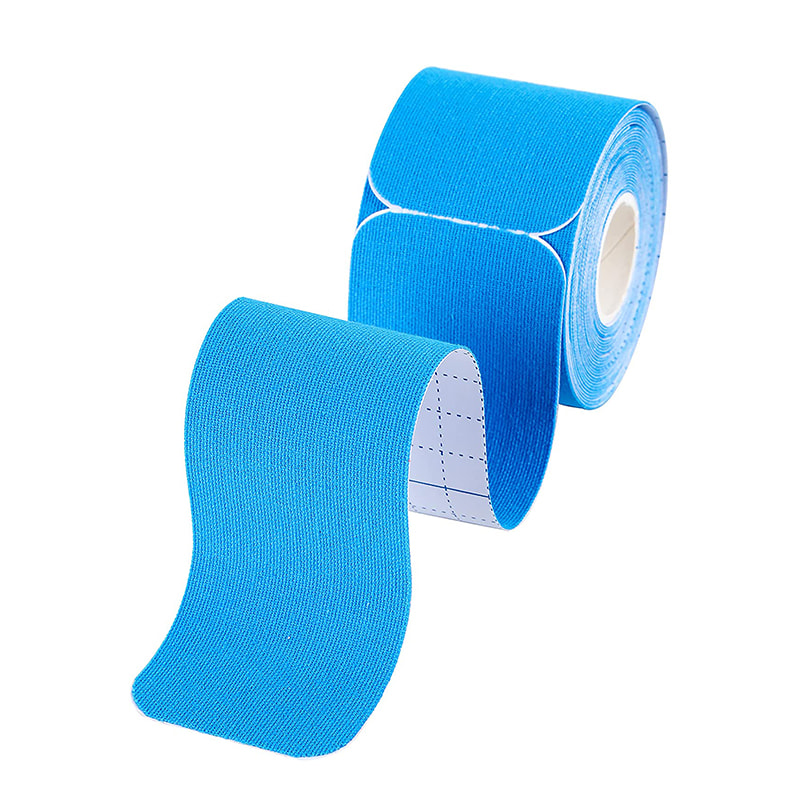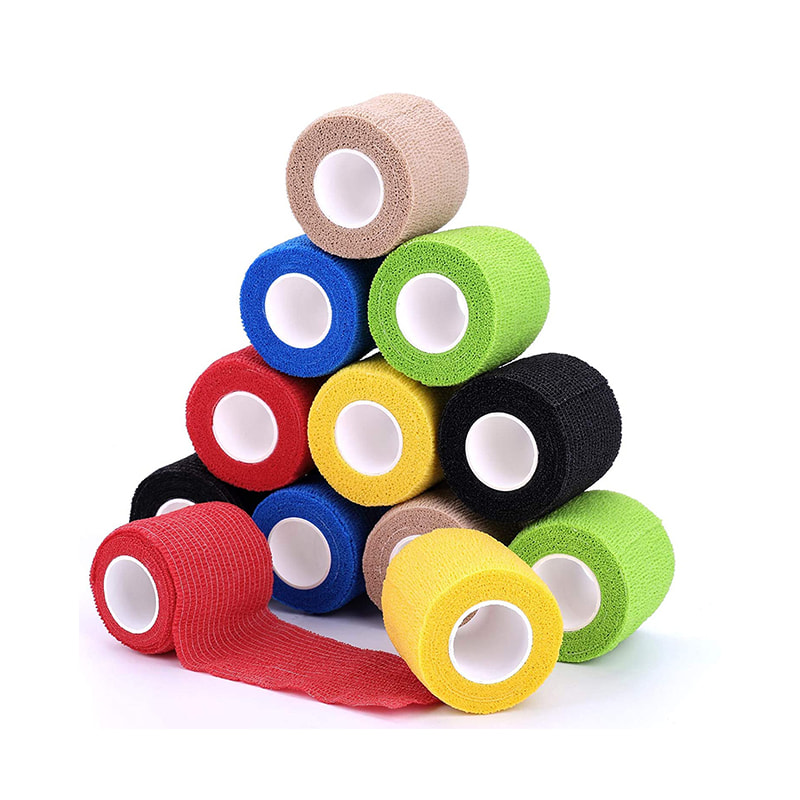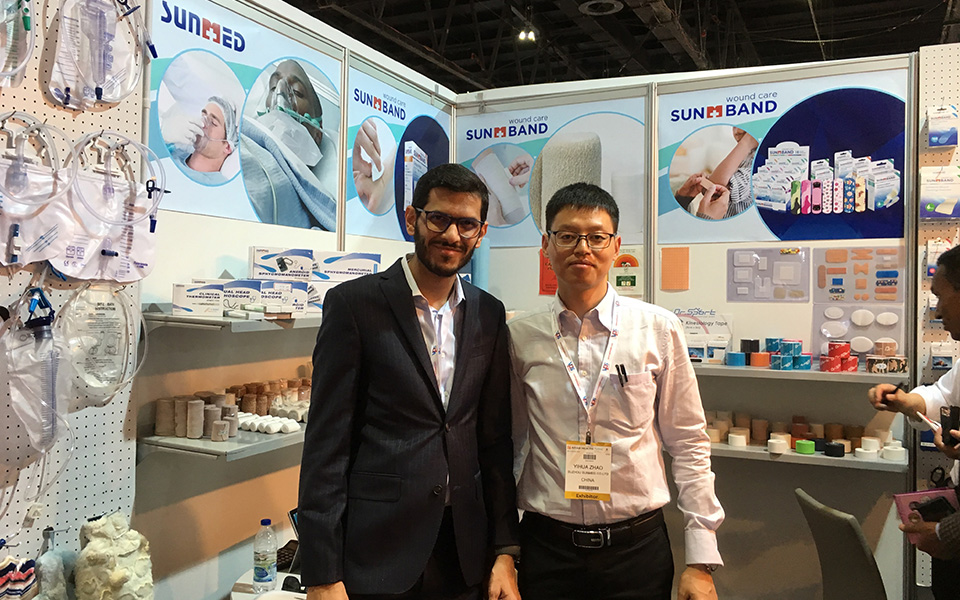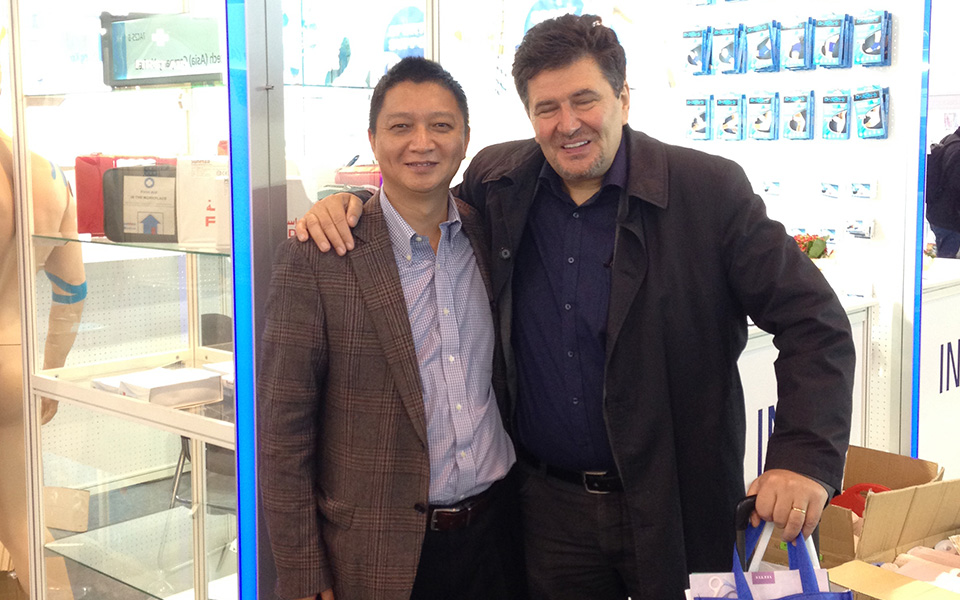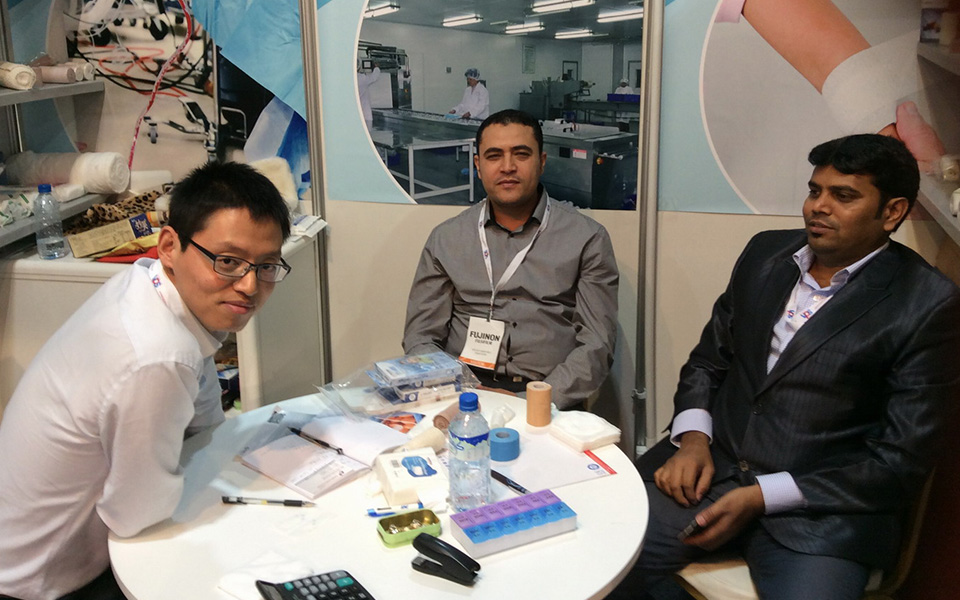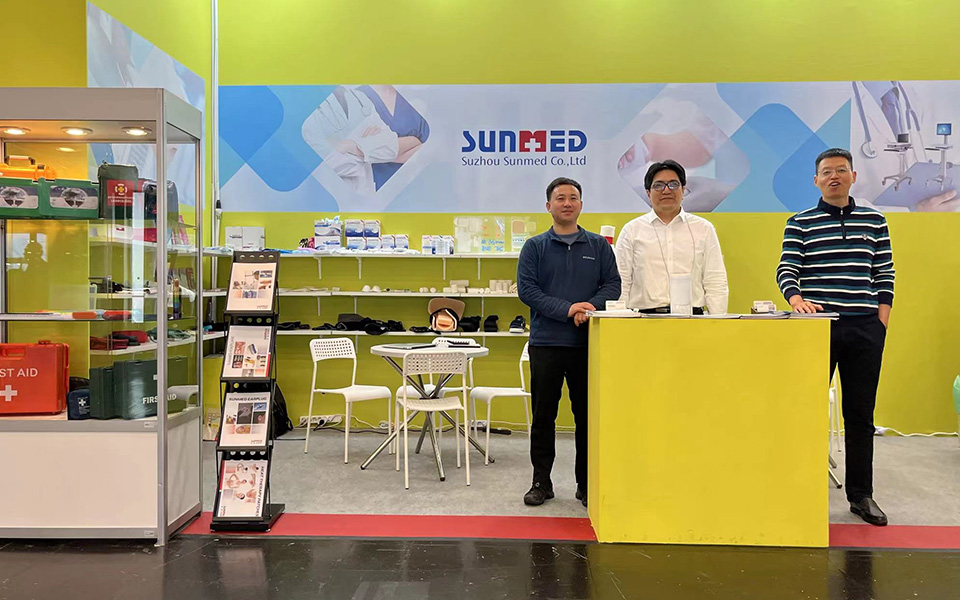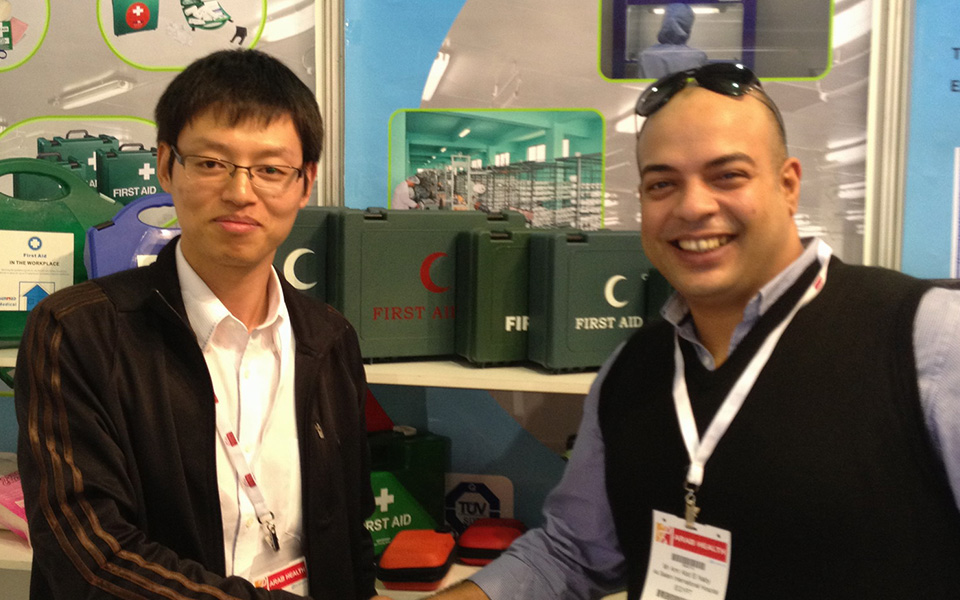Wound dressings are one of the indispensable products in the medical field. Their main functions are to protect wounds, promote healing, reduce infection and control exudation. With the advancement of science and technology and the development of medicine, the types and functions of wound dressings have been continuously expanded. They have evolved from the initial simple protective materials to high-tech products with multiple therapeutic effects.
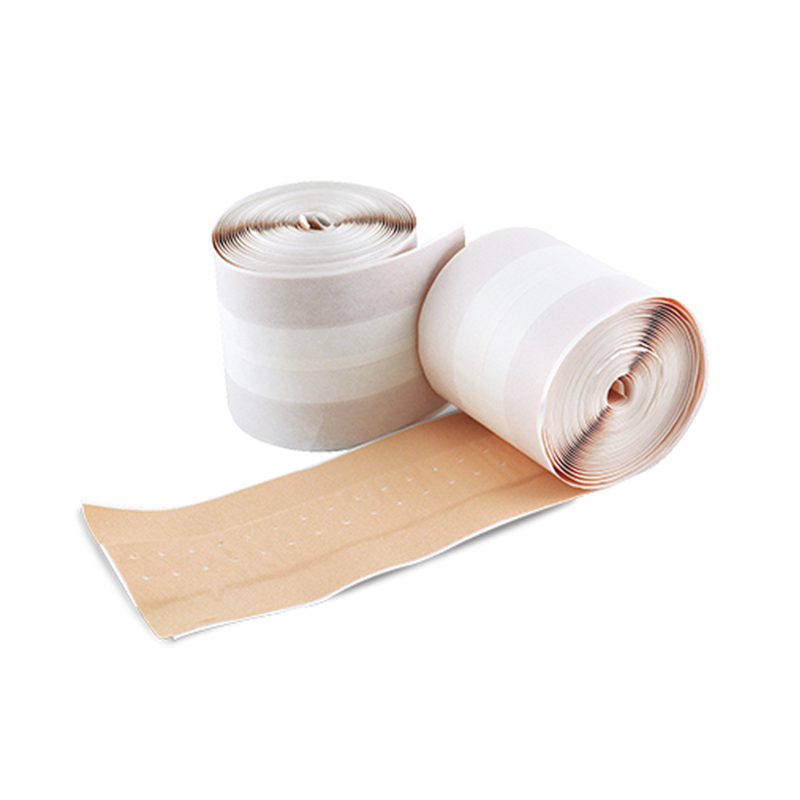
The history of wound dressings can be traced back to ancient times, when people used simple materials such as herbs and cloth to cover wounds to prevent infection and accelerate healing. In ancient Egypt and ancient Greece, people had begun to use honey and vegetable oils as basic materials for wound care. These natural ingredients have antibacterial and moisturizing properties, which help reduce the risk of infection and promote wound healing.
Entering modern times, with the in-depth study of bacteriology and infection control, new dressings such as sterilized gauze and bandages appeared in the early 20th century. During World War II, the widespread use of antibiotics greatly reduced the infection rate on the battlefield, which significantly improved wound care technology. At the same time, the research on modern dressing materials began to rise, including polyurethane film, alginate dressing and hydrocolloid dressing, gradually forming the current multi-type and multifunctional dressing system.
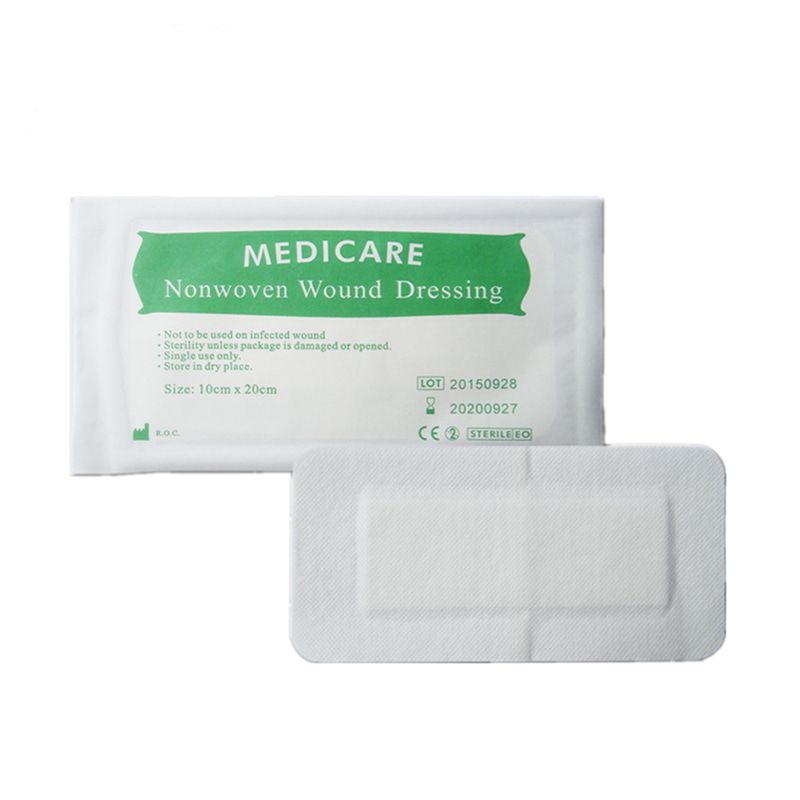
Modern wound dressings can be divided into many types according to their functions and materials. The following are several common types of wound dressings and their main functions:
Gauze dressings
Traditional gauze dressings are still widely used in wound care, especially for superficial wounds. Gauze dressings have good absorption capacity and can help control wound exudate. However, gauze dressings tend to adhere to the wound and may cause secondary damage when replaced.
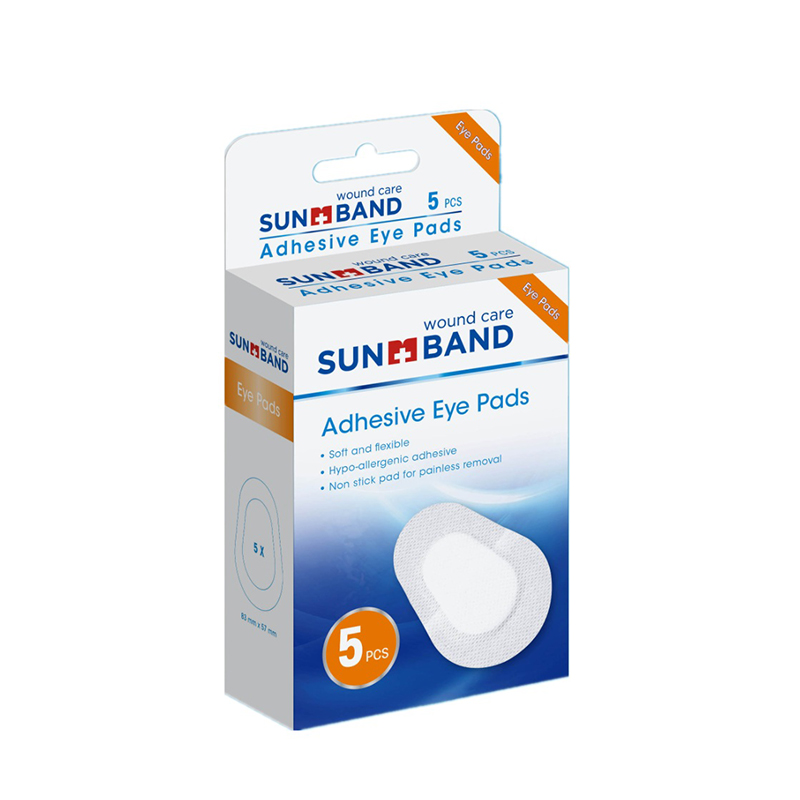
Hydrocolloid dressings
Hydrocolloid dressings are made of absorbent materials and can form a moist healing environment on the wound surface, which helps to accelerate wound healing. Hydrocolloid dressings are particularly suitable for wounds with mild to moderate exudation. They can be kept for a long time without being changed, reducing the chance of wound exposure.
Foam dressings
Foam dressings are highly absorbent and suitable for wounds with moderate to severe exudation. Its soft material can relieve pressure and help prevent wound infection. Foam dressings are commonly used for the care of pressure sores, diabetic foot and other chronic wounds.
Alginate dressings
Alginate dressings are derived from seaweed, and their high absorbency makes them ideal for exudative wounds. Alginate dressings can combine with wound exudate to form a gel, provide a moist environment, and promote wound healing. In addition, it can control bleeding from wounds, so it is often used for postoperative wounds and wounds.
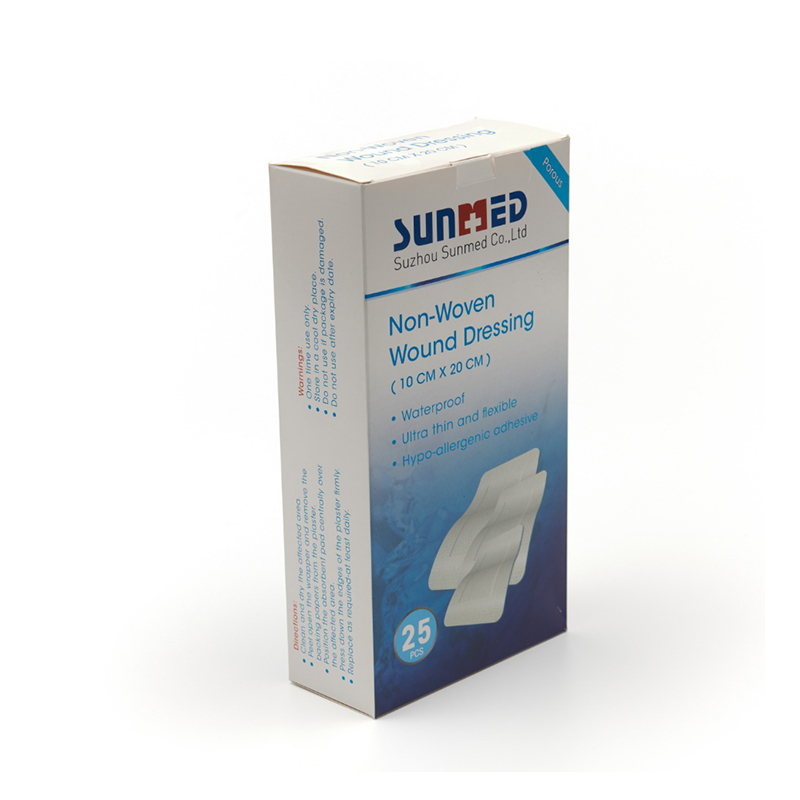
Silver ion dressings
Silver ion dressings are favored for their excellent antibacterial properties. Silver ions can effectively kill a variety of pathogenic microorganisms, prevent and control wound infections, and are especially suitable for wounds with a higher risk of infection.
The selection and application of wound dressings are crucial in wound care. Choosing the right dressing can not only promote rapid wound healing, but also reduce the risk of pain and infection. The use of moist dressings is the current mainstream trend because it can maintain a moist environment in the wound, promote cell migration and the growth of new tissue.
For different types of wounds, such as acute wounds, chronic wounds, postoperative wounds, burns, etc., it is necessary to choose the right dressing according to the specific situation. Chronic wounds such as diabetic foot and pressure sores are often difficult to heal due to the patient's physical condition and the complexity of the wound. In such cases, the use of appropriate wound dressings, such as silver-containing dressings, foam dressings, or alginate dressings, can significantly improve wound healing outcomes.
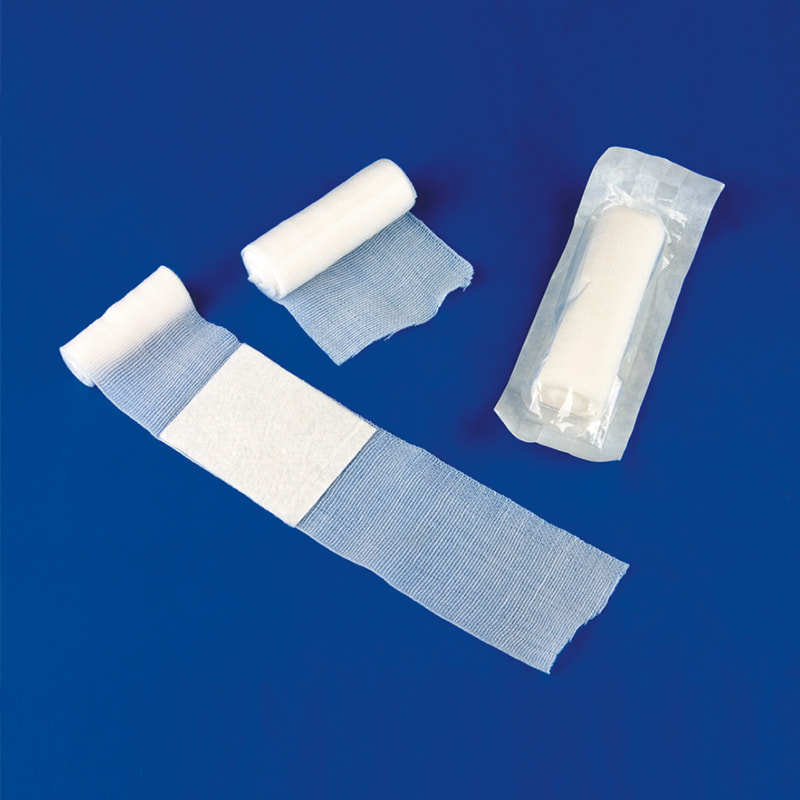

 English
English Español
Español русский
русский Français
Français Deutsch
Deutsch By Admin
By Admin




